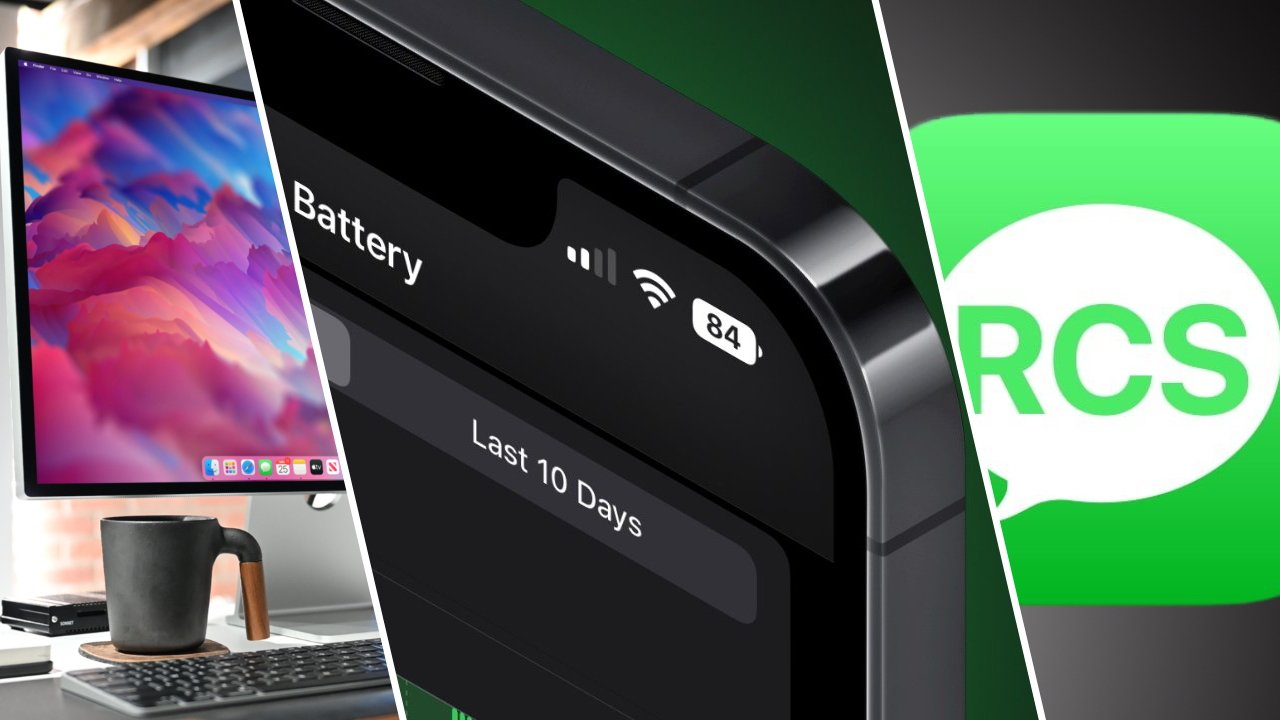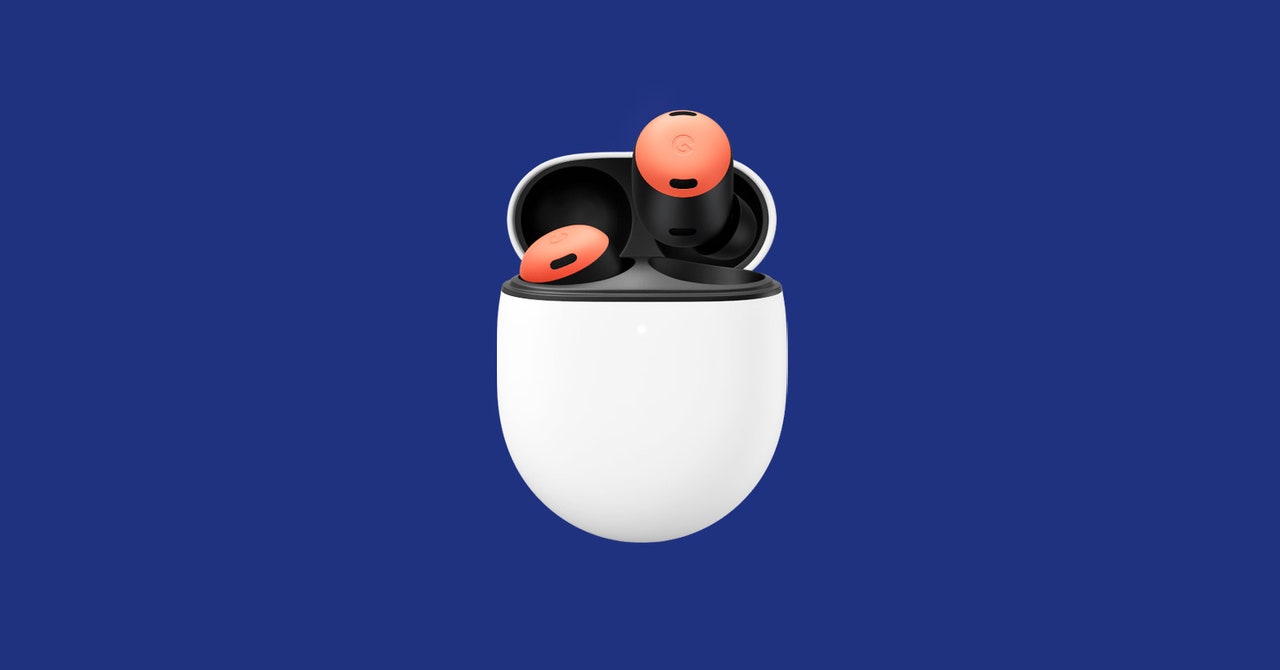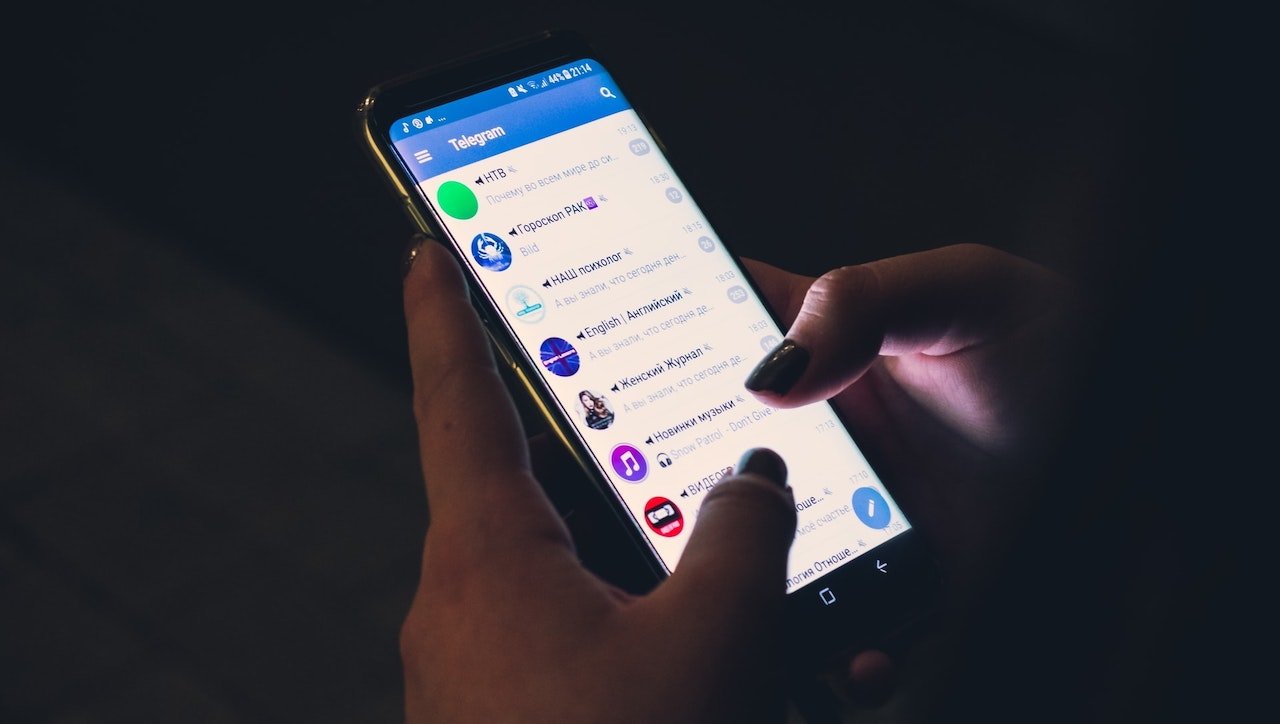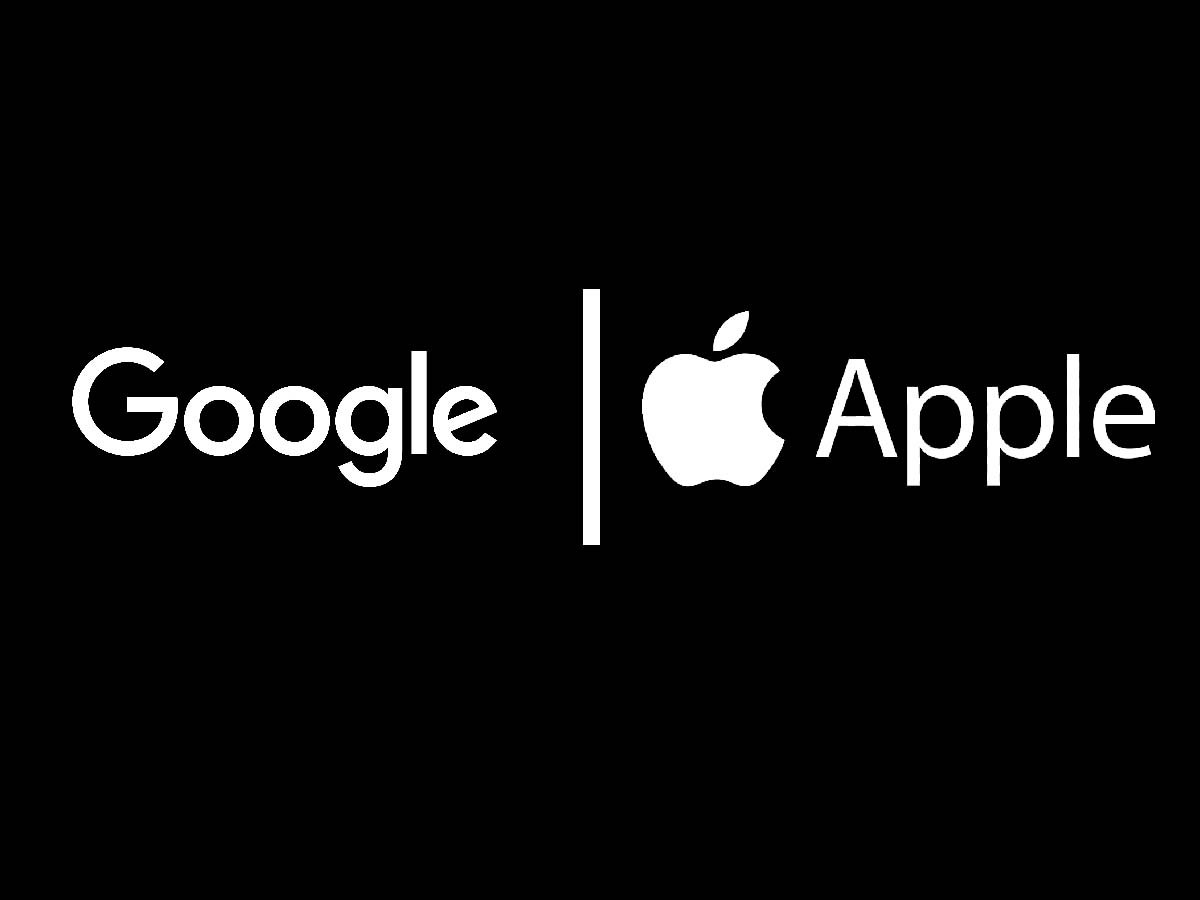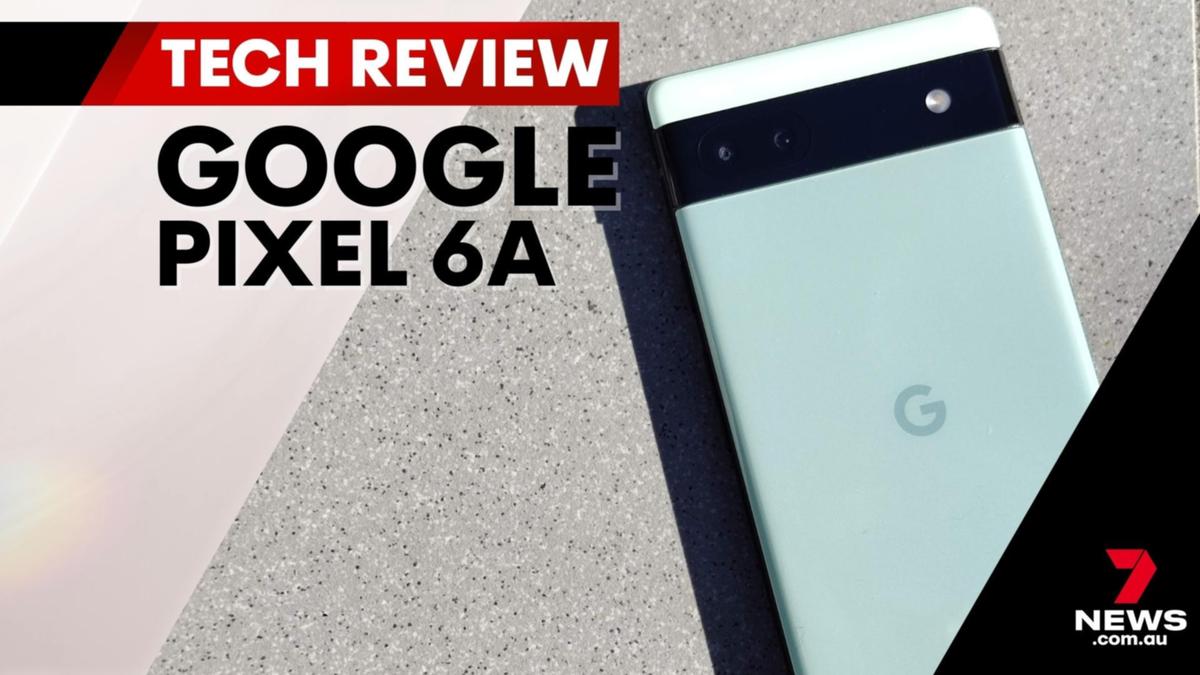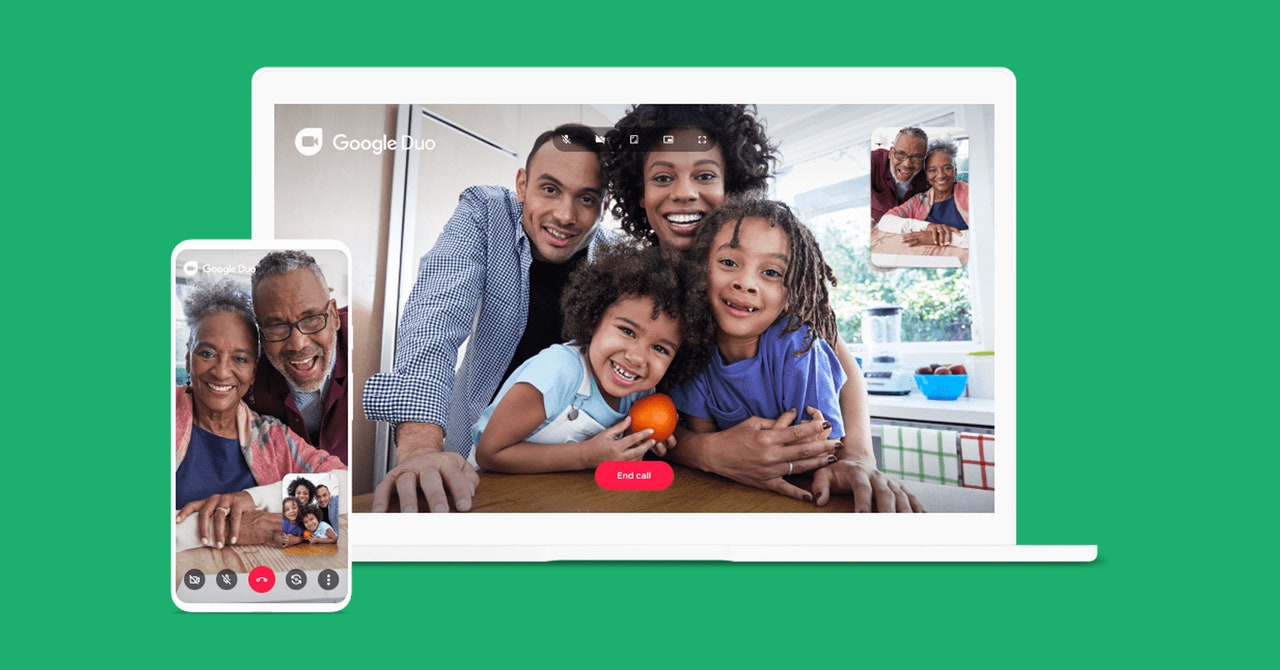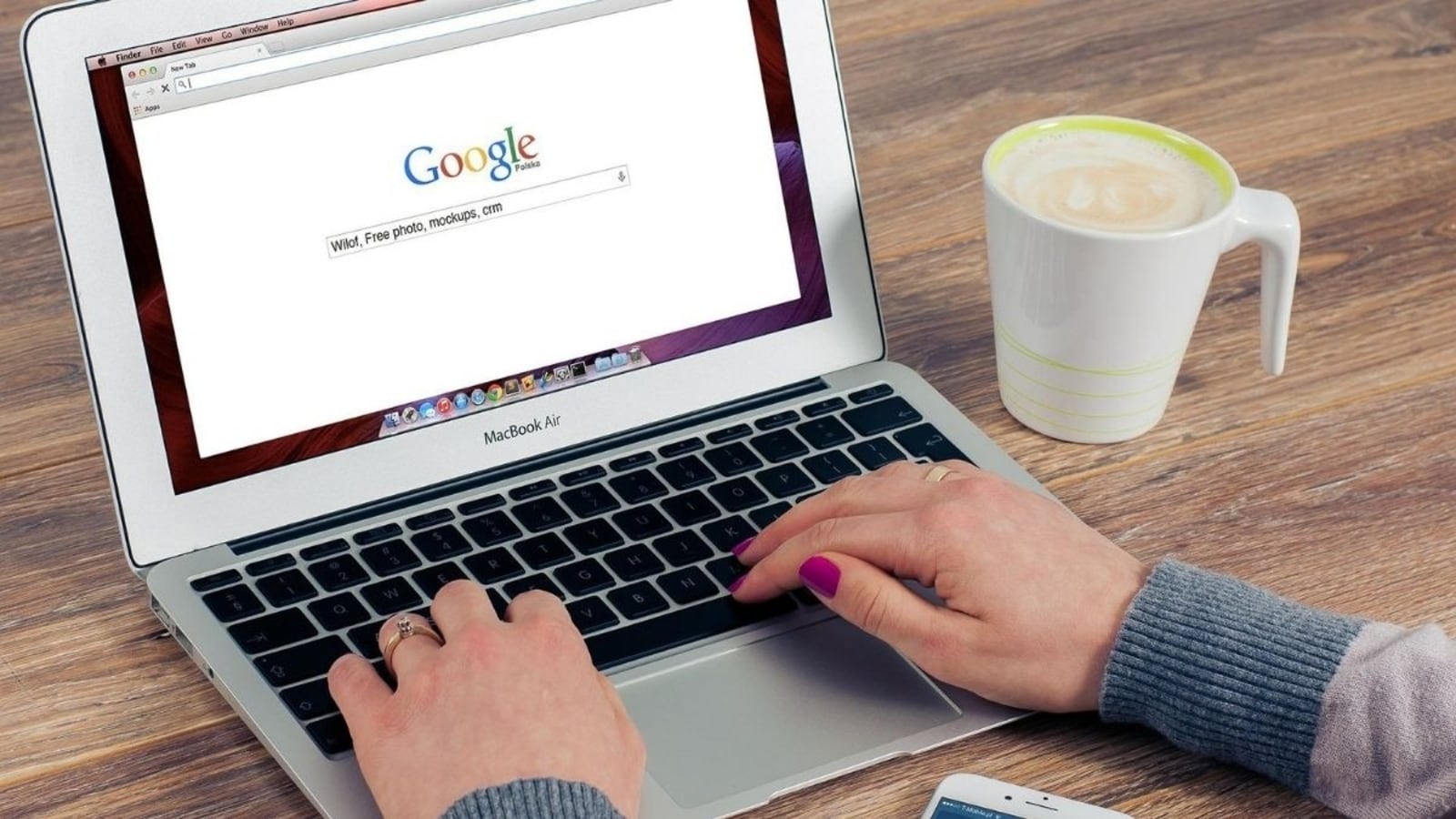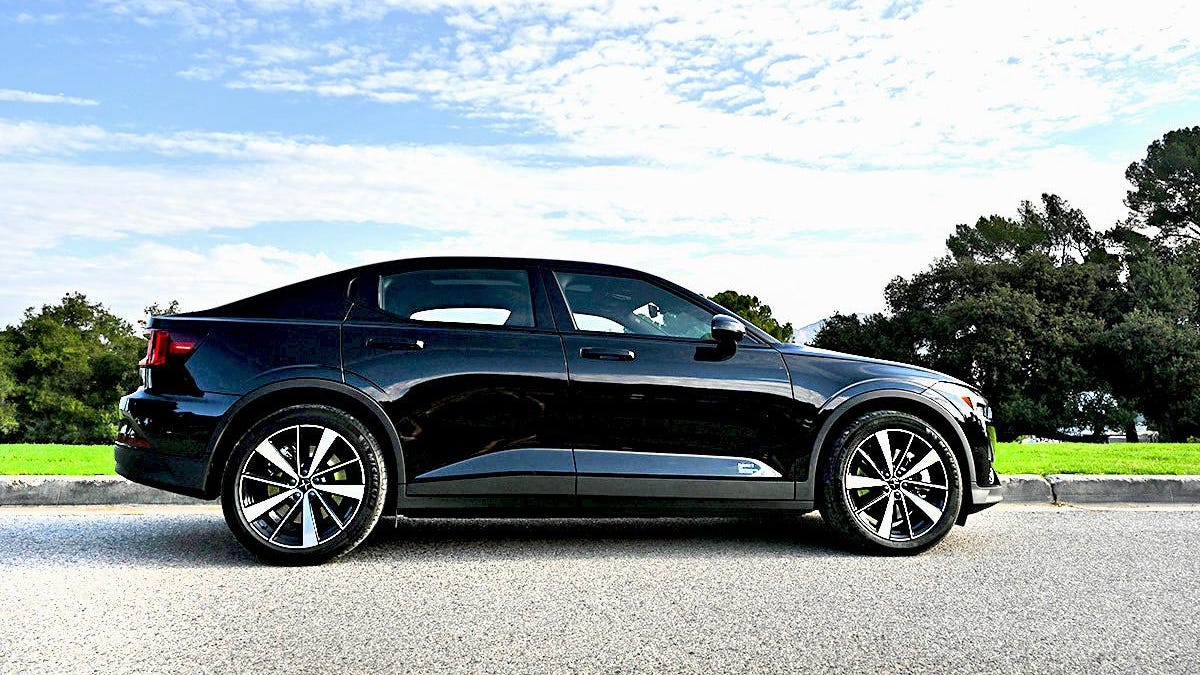AppleInsider is supported by its audience and may earn commission as an Amazon Associate and affiliate partner on qualifying purchases. These affiliate partnerships do not influence our editorial content.
Apple brings battery percentage back to the status bar in iOS 16 beta 5, Google puts Apple on blast over RCS adoption, we review the VESA mount Studio Display, and more on the AppleInsider podcast.
We discuss how the new battery percentage indicator may be Apple’s most disruptive feature of iOS 16. Many Apple fans are excited by the new feature, though neither of your hosts Wesley and Stephen will be turning it on.
Next, Google’s latest campaign for Apple to adopt RCS continues to push a narrative that’s missing a lot of details. The hosts dive into what’s wrong with RCS today and what it would take for Apple to consider the new messaging platform.
Meanwhile, Stephen’s Studio Display has arrived and he shares some controversial opinions about its speakers and webcam — they’re fine. Also, your hosts consider what it would take for them to upgrade from the existing Studio Display and whether Apple would introduce such a product anytime soon.
The latest product rumors point to new HomePods arriving sometime soon, and the new entry model iPad may see big changes in 2022. There’s also a quick discussion of Apple TV+ and the new animated film “Luck.”
- Zocdoc: Go to zocdoc.com/appleinsider and download the app to sign-up for FREE. Find doctors and specialists that take your insurance and even book appointments online!
- Kolide: Send your employees automated Slack messages with security and privacy recommendations! Get a FREE Kolide Gift Bundle after trial activation when you visit: kolide.com/appleinsider
support the show
Support the show on Patreon or Apple Podcasts to get ad free episodes every week, access to our private Discord channel, and early release of the show! We would also appreciate a 5-star rating and review in Apple Podcasts.
Links from the show
More AppleInsider podcasts
Tune in to our HomeKit Insider podcast covering the latest news, products, apps and everything HomeKit related. Subscribe in Apple Podcasts, Overcast, or just search for Home Kit Insider wherever you get your podcasts.
Subscribe to AppleInsider on:
Keep up with everything Apple in the weekly AppleInsider Podcast — and get a fast news update from AppleInsider Daily. Just say, “Hey, Siri,” to your HomePod mini and ask for these podcasts, and our latest HomeKit Insider episode too.If you want an ad-free main AppleInsider Podcast experience, you can support the AppleInsider podcast by subscribing for $5 per month through Apple’s Podcasts app, or via Patreon if you prefer any other podcast player.
.
